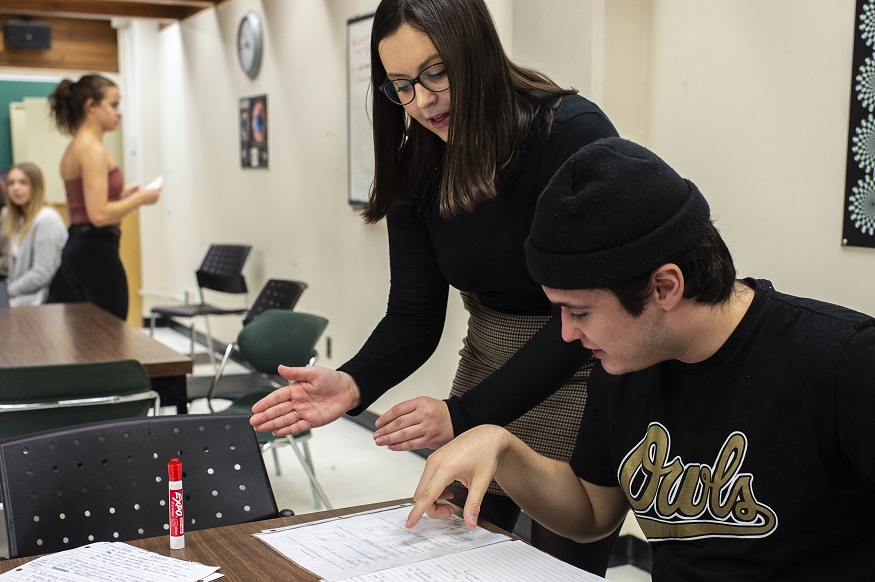The benefits of learning through play
Embedded in a school context, playful learning can provide an ideal opportunity for children to practice and master the skills they are being taught, to learn from each other and, most importantly, to guide their own learning. The results are overwhelmingly positive, according to the American Academy of Pediatrics:
The game and the PP
The pedagogical ideology of learning through play is not only popular in the western world. After a successful trial, China is rolling out a nationwide preschool outdoor play initiative dubbed Anji Play. In Singapore, the Ministry of Education is moving away from an emphasis on educational achievement to a new vision of childhood exploration and ‘focused play’.
However, education professionals indicate that teaching through play can also come with several challenges. They must in particular:
Make sure to cover all the learning objectives.
Provide appropriate support to students when they have very creative ideas and it is difficult to meet their needs.
Make time to document learning in the form of visible artifacts such as photos, videos, and stories.
Ensure that the whole team has a good understanding of play-based learning, has a positive mindset and is willing to change their practices.
These challenges, however, have not stopped educators working in IB World Schools from providing their students with focused playful learning opportunities, as they tell us in the testimonials below:
To help parents understand that there is more to learning than academically structured lessons, we invited them to come and enjoy the curriculum with their children, which has a strong focus on play and inquiry. Parents paint and experiment with textures, count and study models, participate in construction games and take part in role-playing and writing exercises.
Play gives children the opportunity to collaborate, develop social skills, problem solve, practice language and digital skills, and practice critical thinking – all invaluable life skills.
We work collaboratively with all parents and encourage them to attend our assemblies and speak in class, as well as participate in information-sharing events, parent-teacher meetings and interviews conducted by students.
Teachers also take students’ interests into account to stimulate learning. For example, the fact that students are interested in dinosaurs can give us a great opportunity to learn more about this animal and invite children to exercise their research and thinking skills or apply mathematical concepts such as size and numbers.
The teachers all engage in collaborative planning and discuss how to teach learning goals, skills and concepts through play in an interdisciplinary way. For example, if we are studying the measurement of weight, we will make sure to install scales in the different spaces of the classroom, such as the modeling clay space, the water and sandbox space and the space. construction. The role of the teacher will be to show students how to use vocabulary related to weight and ask them questions to give them challenges to work on.
Another example is written expression. Our students don’t have writing books. Instead, they explore written expression in a meaningful and focused way in the role-playing space, writing commands or menus, or in the construction space, making labels and traffic signs. Students ask for help when they need it, and the teacher helps them practice their skills and phonics.
Kirsty Frost, teacher and PYP coordinator – International School Ruhr, Germany
I marvel at the thoughts and ideas of my students. I help them learn when they need to and encourage them to communicate with each other using their thinking skills to solve problems they might encounter and answer questions that arise. During the time devoted to the game, I take photos and I shoot videos that I integrate into our digital file in order to visualize our learning.
If I see ideas emerging that support our research module, learning areas for further study, or learner profile attributes in action, I may occasionally interrupt the course to call a meeting. We then discuss our observations and I try to direct the students towards ideas that will support avenues of research. It’s at times like these that students encourage me to think about how to provide them with the environment they need to put their ideas into practice, by organizing a field trip project, finding a specialist to bring to class or by simply being attentive to what I have to prepare for the future, for example.
“The game allows students to have a say in their learning and to develop their autonomy and self-confidence. »
Teaching through play is a lifelong learning journey. Its effects on students’ academic progress have been very positive.
Students explore different musical elements using several manipulatives. I ask them questions to broaden their understanding or ask them to justify the “why” or “how” of a decision to encourage them to think outside the box. I also help them deepen this understanding by using different skills specific to approaches to learning. I observed notable differences after giving students time and space to explore and play, including:



